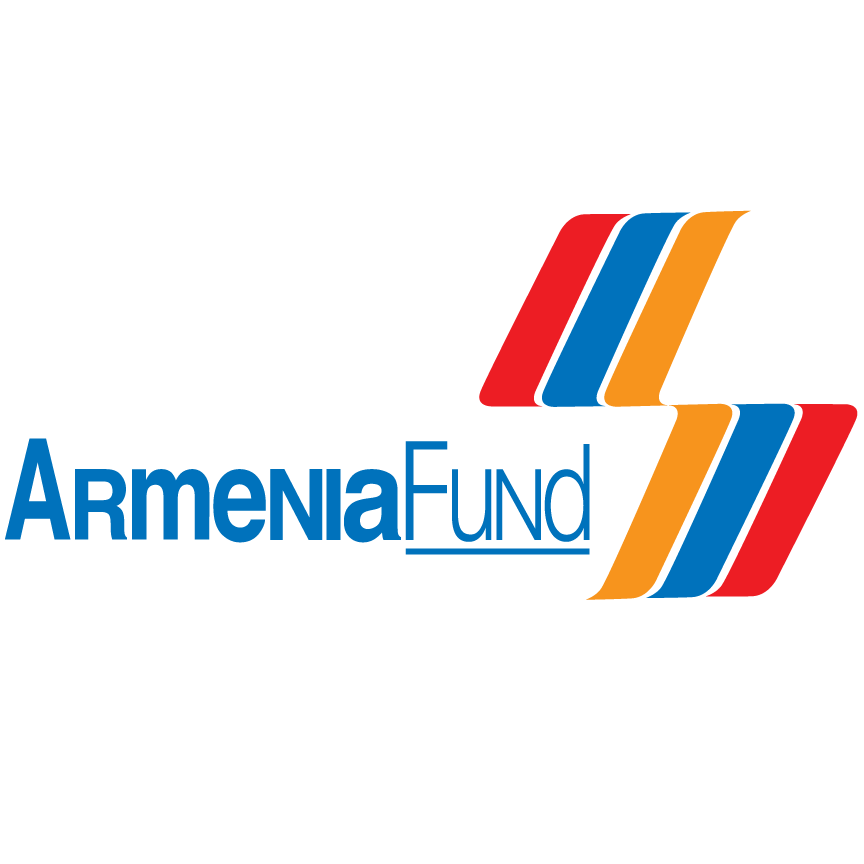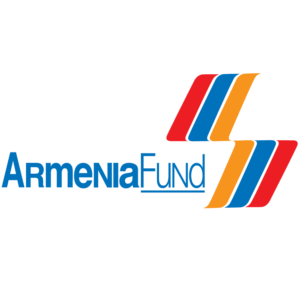by Sevak Hakobyan
“People are getting by, but work opportunities are scarce; and if our young people don’t work abroad, it would be hard to provide for a family,” says Grandma Arpik as she describes life in her native village, Koghb, in Armenia’s Tavush Region. Yet she remains optimistic, encouraged particularly by the systemic reforms that were launched in the republic in 2018.
Added to the daily worries of Koghb residents is the constant threat of war. Sniper fire from the Azeri side, only a few kilometers away, remains a persistent threat here, and there’s always a sense of uncertainty. Yet none of this has stopped the villagers from starting families, working as farmers, and raising children and grandchildren. After a quick mental calculation, Grandma Arpik says she has eight grandkids. As for her children, she says, she has raised them on her own.
“My husband died in a car crash 36 years ago,” Mrs. Arpik says. “It wasn’t easy raising four children, but I’ve done everything for them. I used to work at a restaurant. Work conditions were just awful. Probably that’s why I suffer from heart disease. I’m just glad I haven’t deprived my children of anything. And now they have families of their own.”
Mrs. Arpik’s two sons work in Russia and help her financially. “My monthly pension is 40,000 drams [$80] a month, which is barely enough to pay for utilities,” says Grandma Arpik, who is 78 and has long suffered from knee pain. Over the years, she has seen doctors at hospitals in Dilijan, Ijevan, and Noyemberyan, but her condition hasn’t improved, and she can ill afford the high cost of healthcare.
The summer of 2018 was a turning point for Mrs. Arpik. That’s when she was informed that a team of volunteer doctors from the US was to provide free medical services and prescriptions at Noyemberyan Hospital, as part of the fourth annual medical mission implemented jointly by Armenia Fund and Adventist Health. Mrs. Arpik lost no time to sign up for treatment, she says. Subsequently, in September, she received a life-changing joint injection.
During the week-long medical mission to Noyemberyan Hospital, held from September 22 through 26, the volunteer physicians from the US provided an extensive range of free services — including primary and specialty care, various tests and screenings, surgeries, and 550 joint injections — to close to 2,650 patients from throughout the Tavush and Lori regions. As importantly, the mission continued to build the technical and professional capacities of Noyemberyan Hospital, as the volunteer doctors from Adventist Health provided their local colleagues with extensive training in the very latest medical techniques and methodologies, while Armenia Fund provided the hospital with large quantities of medical equipment, supplies, and pharmaceuticals.
Mrs. Arpik had heard from many fellow townspeople that knee pain begins to subside immediately after a joint injection. That’s exactly what she experienced after her treatment at Noyemberyan Hospital.
“I’m going to go home now and help my daughter-in-law with her chores,” Grandma Arpik says with a big smile, adding that first she will call Russia to convey the good news. “My family there knew that I was going to get an injection today, so they’ve been impatiently waiting for my call.”
Mrs. Arpik thanks the doctors from Adventist Health, deeply grateful that these volunteer specialists and their colleagues help restore the health of numerous senior citizens like herself, year after year, through Armenia Fund’s medical missions.
Afterwards Mrs. Arpik joyfully announces that her eldest grandchild was married recently, and that soon she will be blessed with a great grandchild. She is confident, she says, that the injection and medications she has received will allow her to spend much quality time with the newest member of her family.
HELP US EXPAND OUR MEDICAL MISSIONS TO THE HOMELAND: With your generous support today, Armenia Fund will be able to expand the scope of its medical missions to Armenia and Artsakh, with the twin goals of elevating the technical and professional capabilities of medical centers, and providing high-quality care to economically vulnerable communities.

